We know dogs can be quirky, but sometimes their behavior crosses the line from amusing to downright puzzling. While personality disorders are typically a human diagnosis, certain behaviors in dogs might signal underlying emotional or psychological challenges. If your pup’s odd habits have you scratching your head, you might want to take a closer look. Here are 15 unusual traits that could indicate your dog has a unique personality quirk—or something deeper.
1. Excessive Licking Beyond Normal Grooming
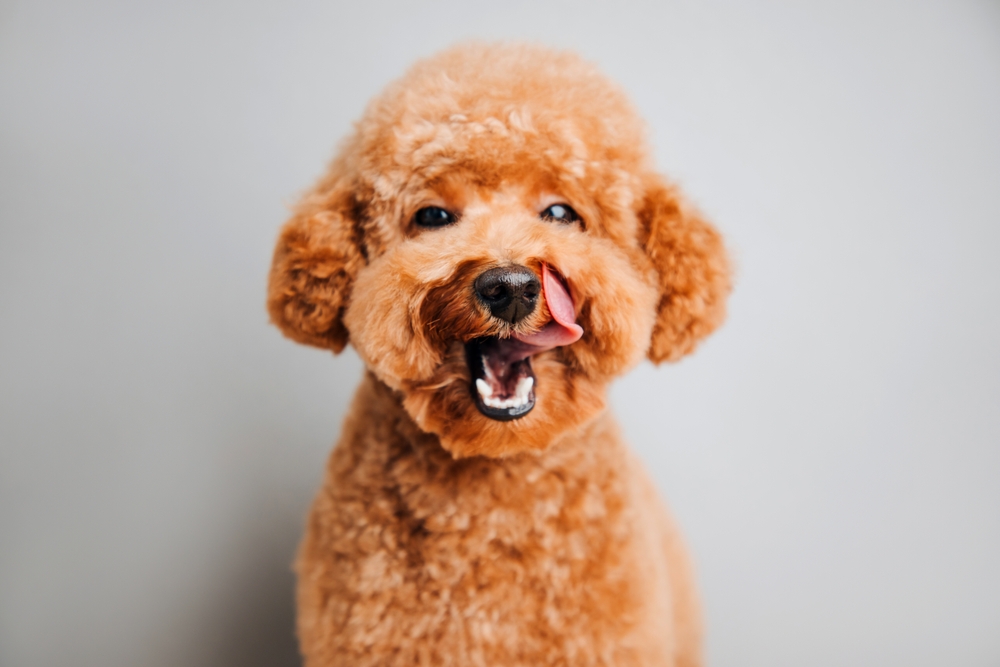
It’s one thing for a dog to clean itself, but if your pup licks excessively—furniture, floors, or even themselves to the point of creating bald spots—it might be a sign of compulsive behavior. This can stem from anxiety or an inability to self-soothe, indicating an obsessive-compulsive trait.
2. Sudden Aggression With No Obvious Trigger

A normally calm dog that suddenly snaps or growls without provocation may be dealing with deeper emotional stress. Unexplained aggression could point to underlying issues like frustration intolerance or even a personality disorder-like condition.
3. Extreme Attachment or Over-Dependence

Does your dog follow you everywhere, cry when you leave the room, or seem incapable of being alone? While dogs are naturally social animals, extreme clinginess might indicate separation anxiety or a dependency issue that disrupts their emotional balance.
4. Avoidance of Social Interaction

On the flip side, a dog that actively avoids interaction with humans or other dogs might be displaying anti-social tendencies. While some dogs are naturally introverted, chronic withdrawal could point to emotional trauma or social anxiety.
5. Repeated Tail Chasing That Seems Endless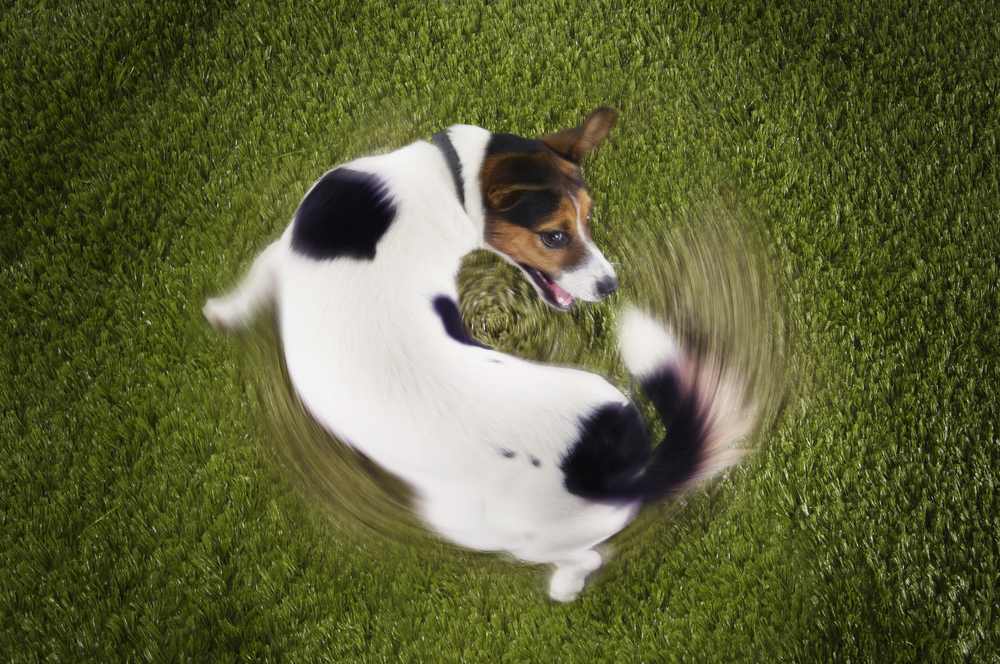 provided by Shutterstock
provided by Shutterstock
Sure, tail-chasing can be adorable, but if your dog seems stuck in an endless loop, it might be more than playful behavior. This repetitive motion can be a sign of obsessive tendencies, similar to compulsive disorders in humans.
6. Sudden Fear of Everyday Objects
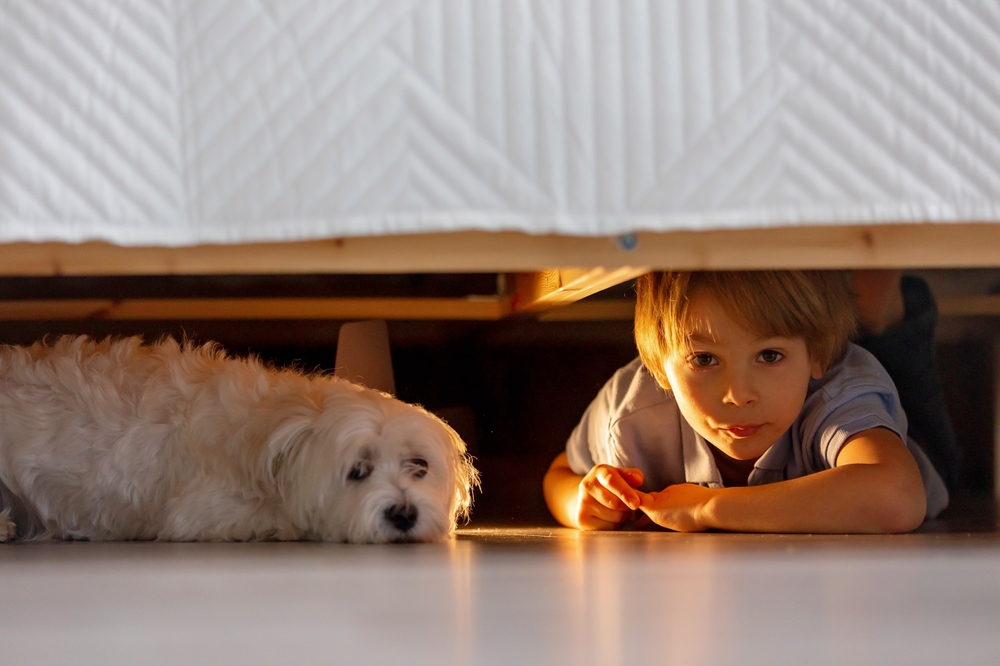
A dog that becomes terrified of objects it previously ignored—like vacuums, chairs, or even its own leash—may be displaying signs of irrational fear or paranoia. This trait could indicate a heightened state of anxiety or an underlying phobia.
7. Overreaction to Minor Changes
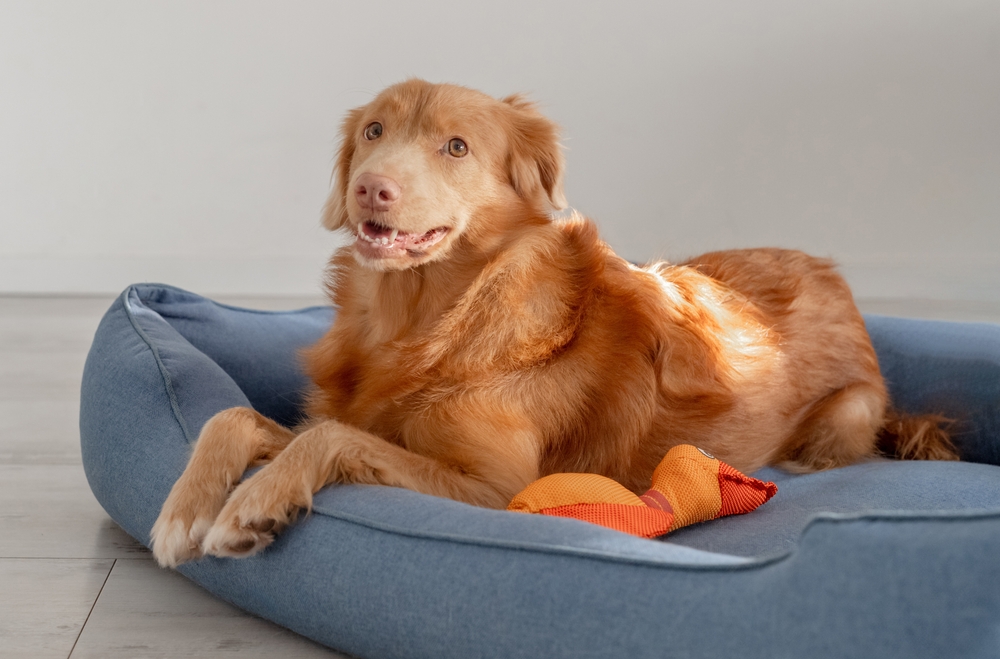
Does moving a piece of furniture send your dog into a tailspin? Overreacting to small environmental changes, like rearranged furniture or a new scent in the house, could be a sign of heightened sensitivity or obsessive tendencies.
8. Reluctance to Engage in Play
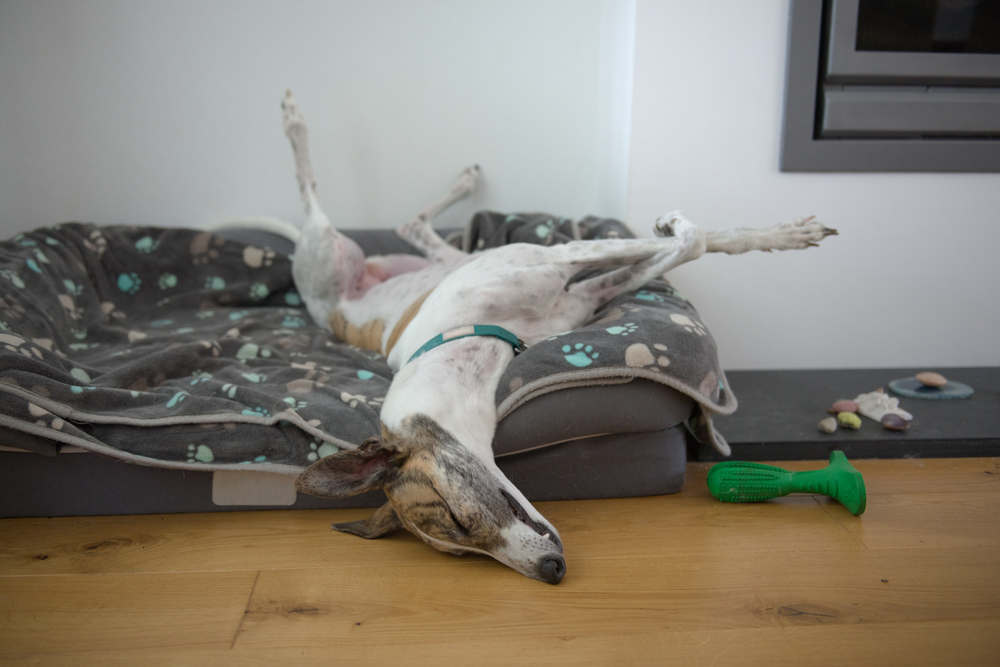
A disinterest in toys or playtime isn’t just a quirk—it could signal emotional disengagement. Dogs that refuse to play may be exhibiting signs of depression or a lack of stimulation, both of which can reflect deeper personality imbalances.
9. Excessive Guarding of Toys or Food
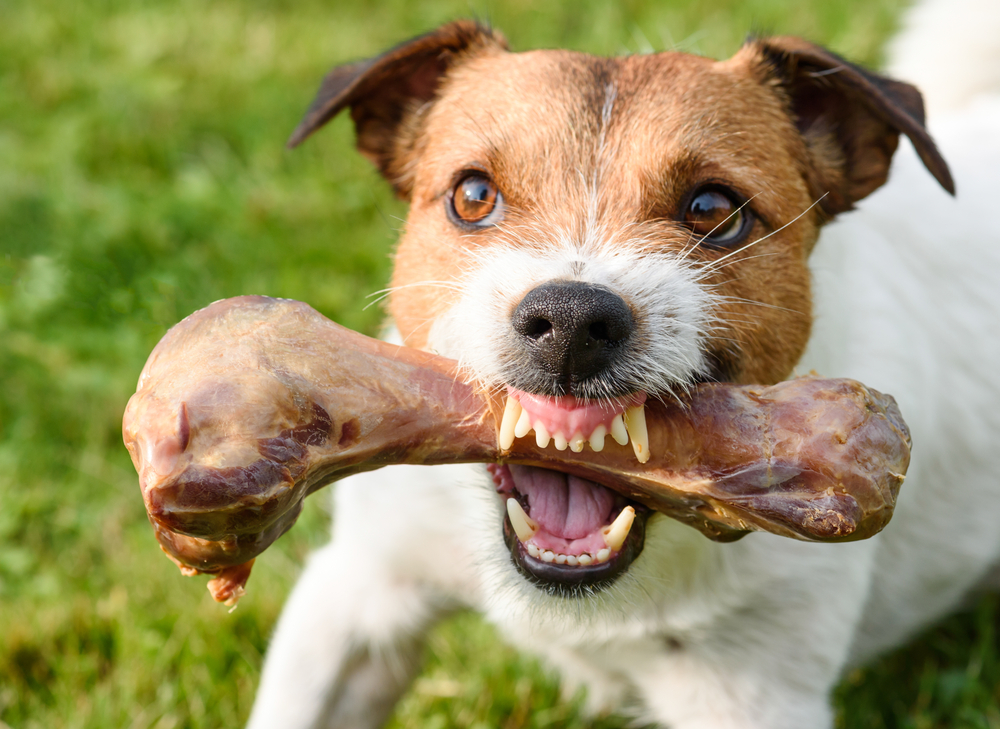
Dogs naturally guard resources, but extreme possessiveness that leads to aggression or distress might indicate compulsive hoarding or an underlying anxiety-driven behavior. It’s not just about the food—it’s about control.
10. Nonstop Barking at Seemingly Nothing
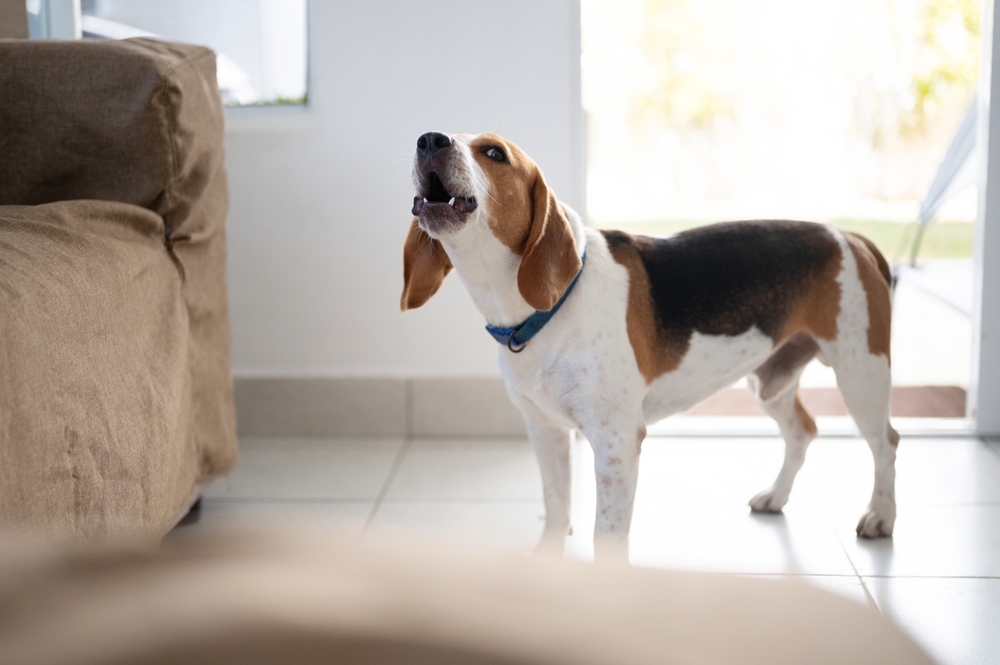
While barking is normal, dogs that bark incessantly without an identifiable cause may be dealing with hypervigilance or anxiety. It’s as if they’re on high alert for threats that don’t exist—a potential marker of overreactive tendencies.
11. Erratic Eating Habits
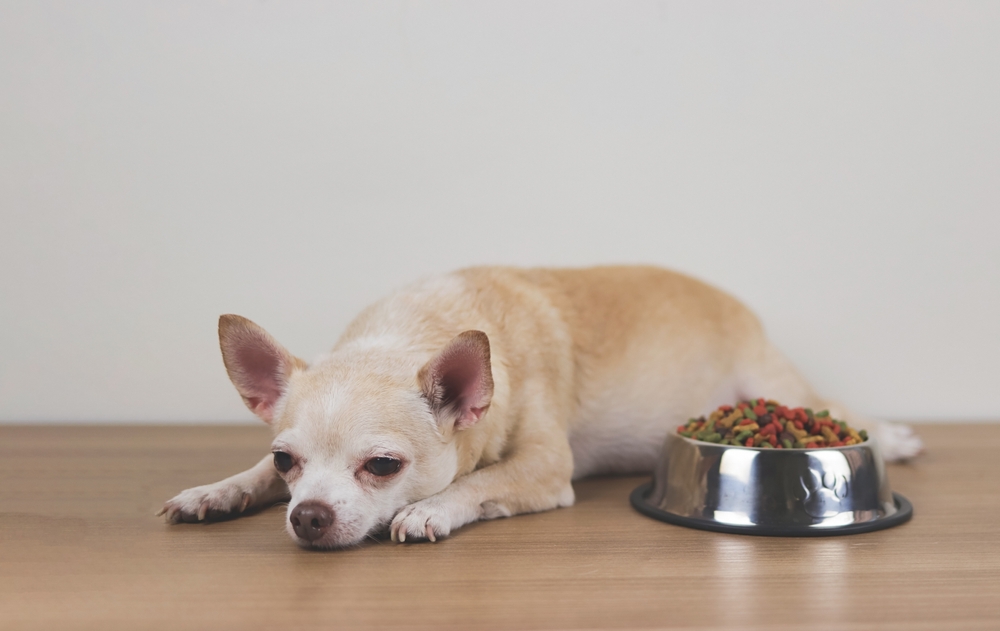
A dog that alternates between refusing food and devouring meals in seconds might be exhibiting signs of emotional instability. This behavior can stem from stress, insecurity, or even obsessive-compulsive traits related to food.
12. Obsession With Shadows or Reflections
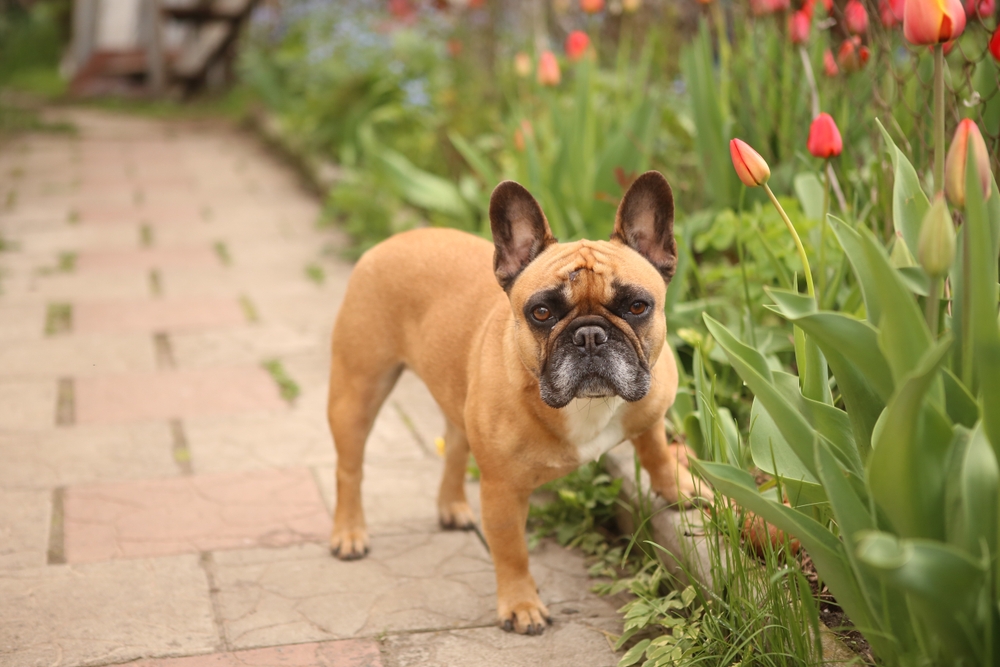
If your dog spends hours chasing shadows or staring at reflections, it might be showing signs of obsessive-compulsive behavior. While this might seem harmless, it can disrupt their daily routine and indicate deeper psychological quirks.
13. Constant Digging Indoors or Outdoors

A dog that digs endlessly, even when there’s no logical reason, might be channeling pent-up frustration or anxiety. This compulsive behavior often signals an inability to regulate emotions, making it more than just a yard-ruining habit.
14. Unprovoked Destruction of Objects

Dogs can be destructive when bored, but unprovoked destruction—like ripping apart furniture or chewing walls—can be a sign of underlying stress or emotional dysregulation. It’s less about mischief and more about an inability to cope.
15. Extreme Pacing or Restlessness
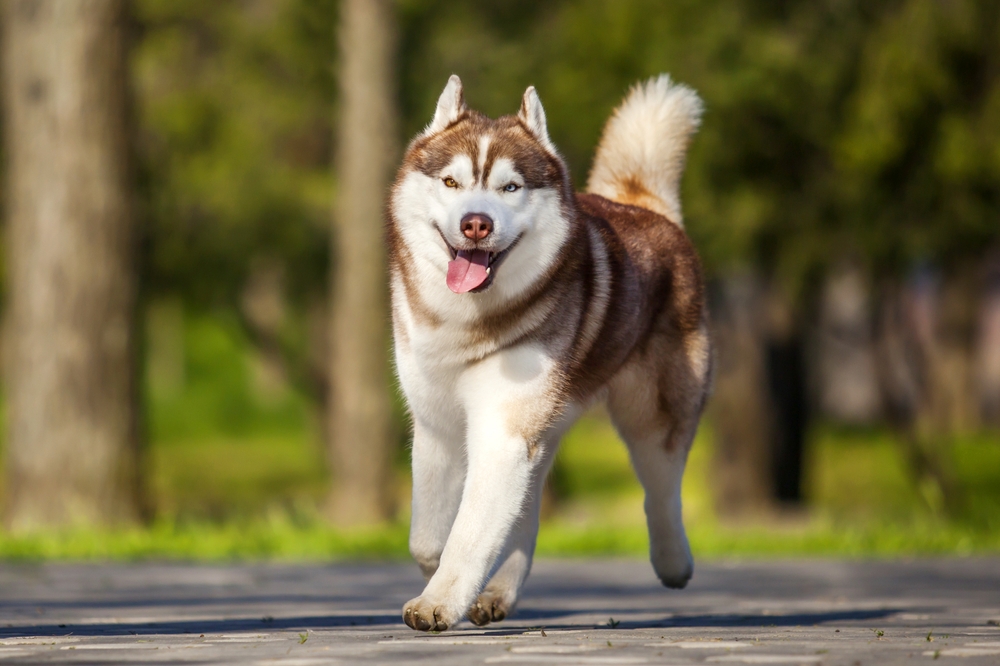
A dog that can’t settle down, pacing endlessly as if on a mission, might be dealing with anxiety or hyperactivity. This kind of restlessness isn’t just a high-energy trait—it could reflect difficulty in processing their surroundings or calming themselves.
